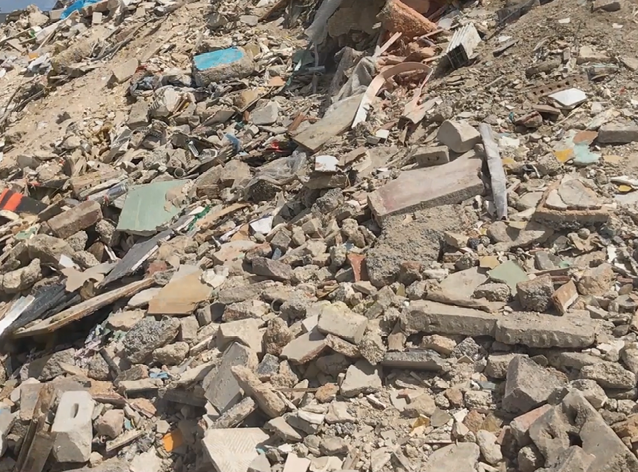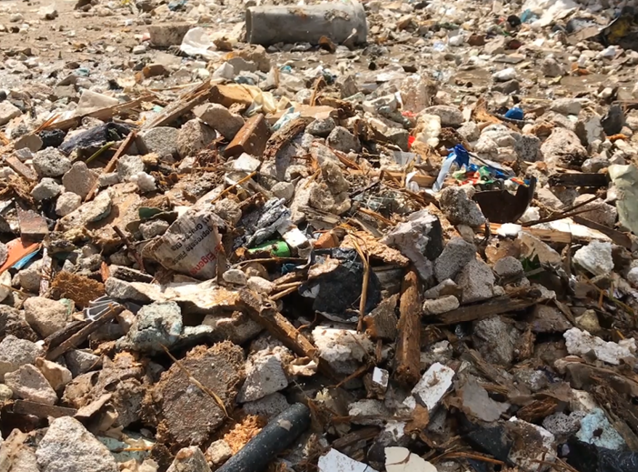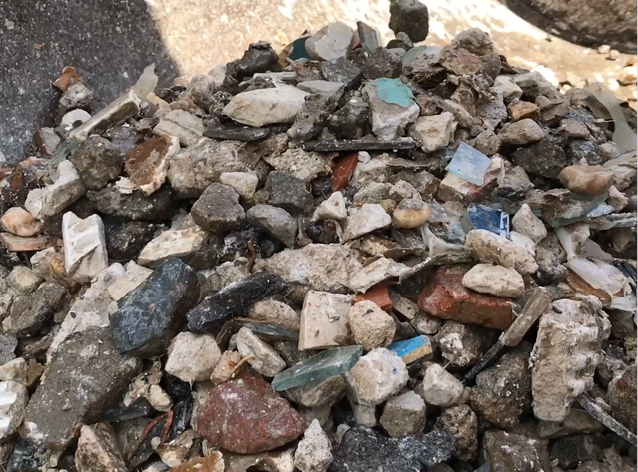Examples of wash-bear Processing

Separation of Contaminants.
In addition to its process efficiency, which ensures nearly 100% separation of contaminants and mineral fractions, the wash-bear® also excels in superior cost-effectiveness. This stems from the robust, maintenance-free design of the plant technology and the efficient use of resources.The closed system uses water solely in the form of attachments to the discharged minerals. In practical terms, during a 10-hour shift, 4-8 m³ are consumed, with the inflow being automatically regulated by float switches.
However, the power output is sufficient to start the wash-bear® when fully loaded. Thanks to its compact dimensions, the wash-bear® can be seamlessly integrated into the overall process chain, even on tight construction sites.
The foundation of the simple and robust technology for the mechanical separation of lightweight substances such as aerated concrete, plastic, or organic material is based on the patented conveyor screw. Through intelligent control, the rotational speed and pitch of the screw can be continuously adjusted, allowing for material dewatering. The discharge of the floating lightweight substances is continuous and automatic, facilitated by a specially designed brush conveyor belt for the wash-bear®, with additional separation options provided by an optional wind sifter.
This technology prevents the concentration of chemical substances in the leachate. The water used is absorbed by the basic moisture of the recycled material. In terms of chemical composition, only what was introduced into the system by the construction debris is present. The cost-effectiveness of the system continues in terms of energy consumption, which is significantly lower at 8-15 kWh during operation compared to an equivalently powerful wind sifter.
The feed material.

The feed material is introduced into the plant from the top.
The Contaminants.

In the water, a distinct separation line occurs. The heavy materials sink to the bottom.
The Cleaned Material.

The light or floating materials are discharged on the other side.
